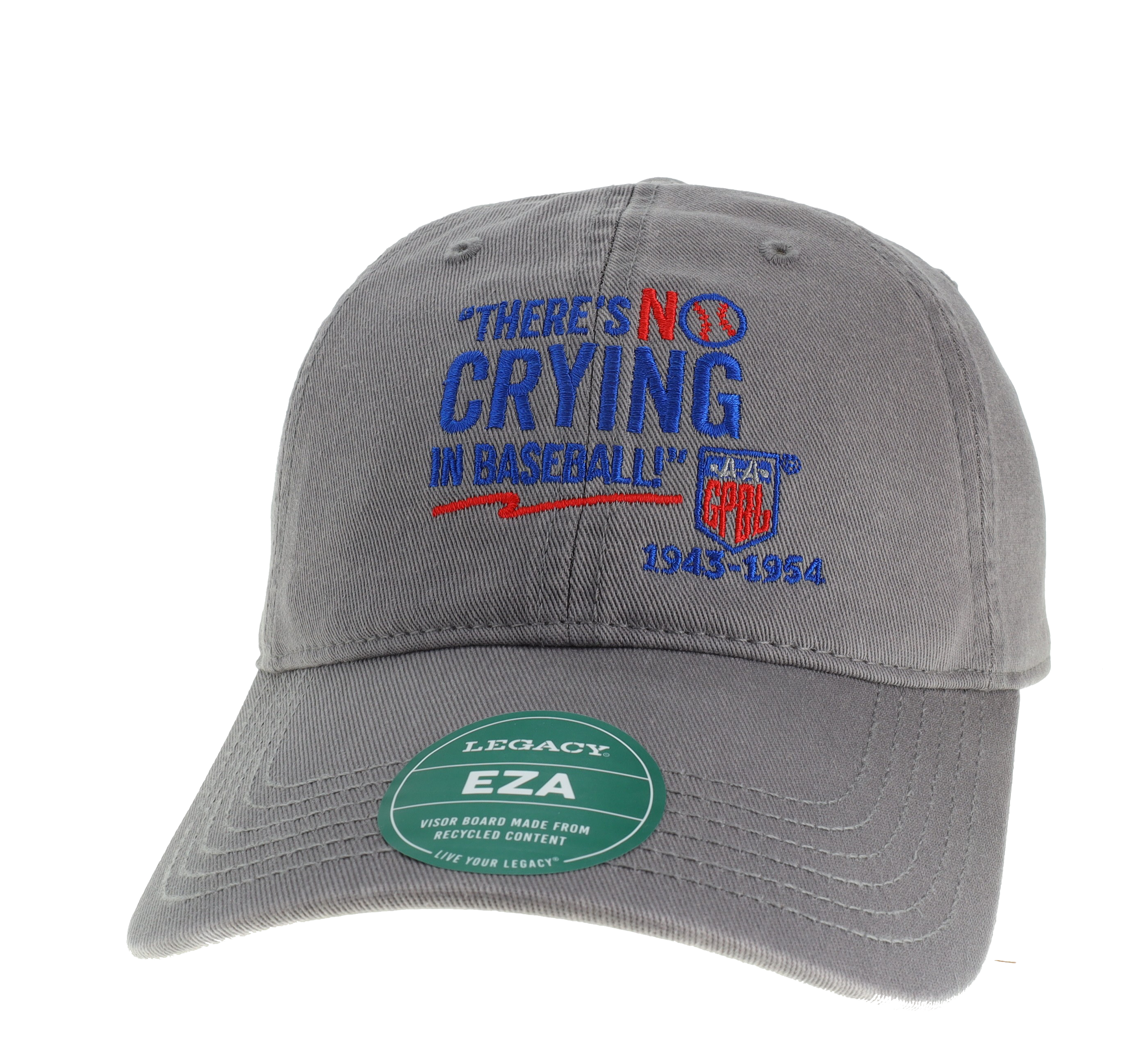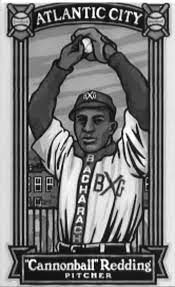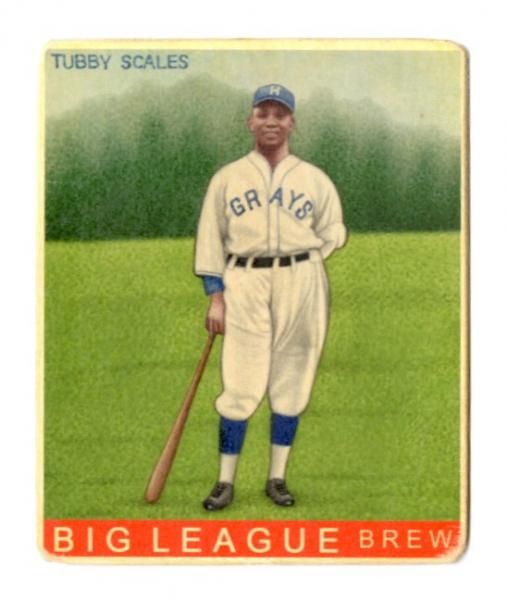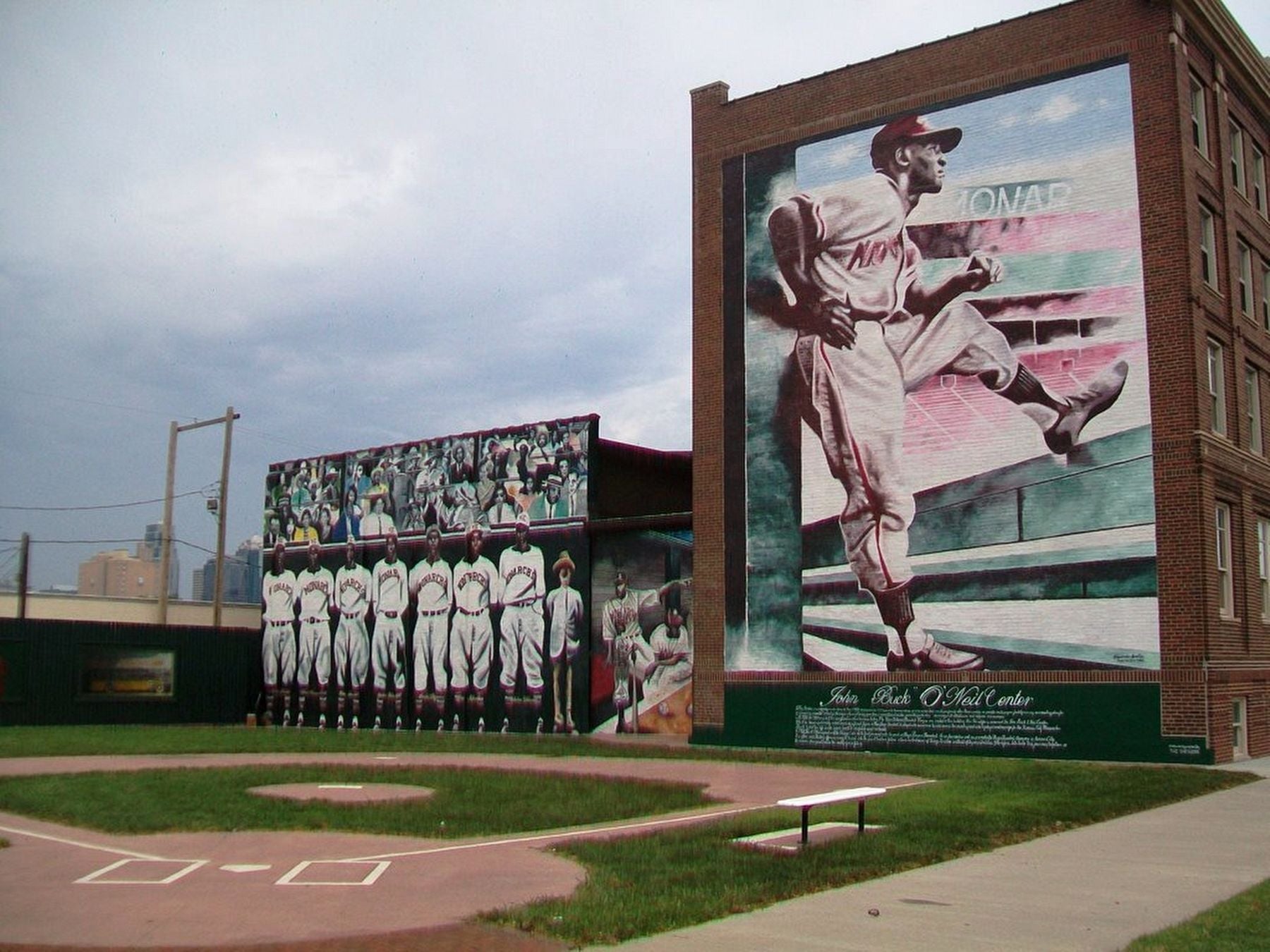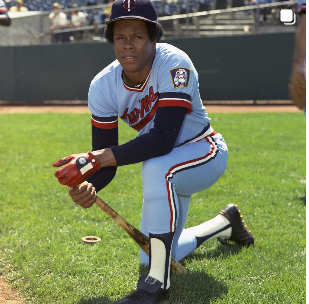The National Baseball Hall of Fame and Museum will be considering several former Negro League players to be included for election to the Class of 2022. (The election will take place on December 5, 2021).
Seven Negro Leagues and pre-Negro Leagues legends will be considered - Today we focus on - Dick “Cannonball” Redding.
Dick “Cannonball” Redding was regarded as perhaps the fastest pitcher in Negro Leagues history, hurling for teams such as the Lincoln Giants, Chicago American Giants and the Brooklyn Royal Giants. Credited with multiple no-hitters, Redding was also a successful manager with the Royal Giants.
One of the great pitchers of black baseball, Dick Redding's overpowering speed earned the big, tall right-hander the nickname "Cannonball Dick." During his prime years in the decade of the 1910s, he maintained a position among the top pitchers in black baseball. Along with his speed, Dick utilized a no-windup deliver and developed a "hesitation pitch" long before Satchel Paige appeared on the baseball scene. Redding was credited with 30 no-hitters against all levels of opposition during a career that began with top teams in 1911, at age twenty.

That season he was with the Philadelphia Giants until July, when he moved to the New York Lincoln Giants for the remainder of the year. After joining the Lincoln Giants, the rookie won 17 straight games, relying almost exclusively on his blinding speed and good control, since he had not yet developed a curve. The following year, when he was paired with Smokey Joe Williams on the pitching staff, he recorded a 43-12 season, punctuated with several no-hitters, including one against the Cuban Stars. In another game that season, he struck out 25 men and faced only 27 batters.
In 1914 Redding's ledger showed a 12-3 record and 101 strikeouts in 18 games pitched. The next season, 1915, after moving over to the Lincoln Stars, he won 20 straight games before finally losing, and was 23-2 through the first week in August, earning him the description "the Demon pitcher" from the press. In early September he left the Lincoln Stars and rejoined the Lincoln Giants. In the playoffs against the Chicago American Giants he fashioned a 3-1 record, including a shutout, and hit .385 in the Series.

A hard worker with exceptional stamina, in his prime years he often pitched doubleheaders two or three days in succession. Redding usually finished what he started, and it was rare for him not to finish a game. Although generally calm and collected on the mound, especially when protecting a lead, he sometimes lost his composure when opponents jumped off to a quick start from errors by his teammates.
While pitching in the East for the first half dozen seasons, he was coveted by the two leading managers in the West, C.I. Taylor and Rube Foster. After a brief stint with Taylor's Indianapolis ABCs two years earlier, Redding joined Foster's Chicago American Giants in 1917, with incomplete statistics showing a 13-3 record as the ace of the staff. That season the press called him "Smiling Dick" and declared the big, hard-throwing hurler to be another Walter Johnson.
The advent of World War I interrupted Redding's career while still at its peak. After combat duty in France, he returned to the United States, joining the Bacharach Giants and assuming the role of player-manager in mid-summer of 1919. He continued in that capacity through the 1922 season. The Eastern Colored League was formed the next season, and the big Georgian signed with the Brooklyn Royal Giants. A feud developed between him and Smokey Joe Williams, with the pair of fastball artists refusing to shake hands and be photographed together. However, in 1924 the two aces were again paired on the same staff when Williams joined the Royal Giants, and Redding was regarded as the number two pitcher. He probably had more speed than anyone, but he still relied almost exclusively on his fastball and would not hesitate to use it to knock a batter down to assert his domination.
Redding left the Royals to manage the 1921 New York Bacharachs and compiled a 17-12 personal ledger. The next year he was replaced at the helm by John Henry Lloyd, and signed with Atlantic City to play for the "original Bacharachs" under manager Dick Lundy. After one season there, he returned to the Brooklyn Royal Giants, but his skills were fading and in 1925 his league ledger showed a 3-4 mark. However, Redding was still a presence in black baseball, and he was appointed manager, holding the Royals' reins for a half dozen seasons, 1927-1932. Redding was a functional illiterate, but although lacking formal education, he had extensive experience in baseball, and as a manager he was clean-living, good-natured, easygoing, and well-liked by his players.

Before beginning his professional career, he played with the Atlanta Depins, a semi-pro team in his hometown. During his career he also pitched in the Cuban winter league, accumulating a total of 18 victories while playing in five winter seasons. He retired from the baseball scene in 1938. He became ill with a "strange malady" in late July 1948 that led to his death in a mental hospital.
Source: James A. Riley, The Biographical Encyclopedia of the Negro Baseball Leagues, New York: Carroll & Graf Publishers, Inc., 1994.
Teambrown Apparel https://www.teambrownapparel.com
#HistoryInYourSize


